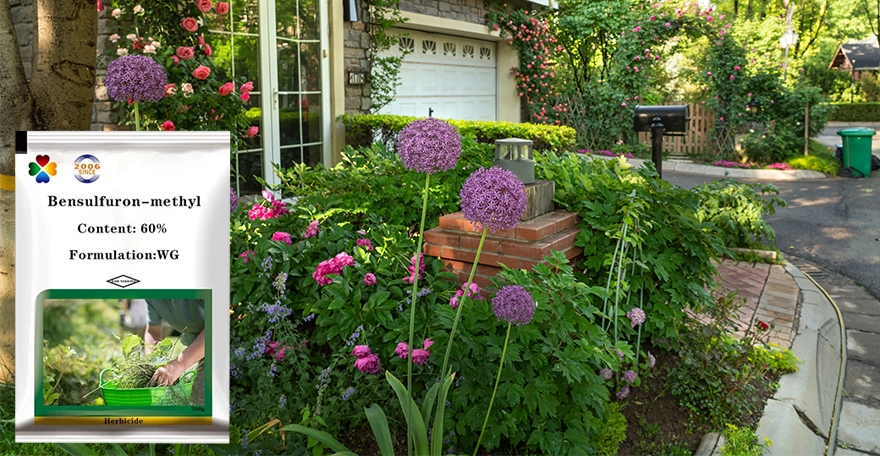Blog - Aure Chemical
The Versatile Powerhouse: A Deep Dive into Tosyl Chloride (TsCl)
What is Tosyl Chloride (CAS 98-59-9)?
Also known by its chemical name, 4-methylbenzenesulfonyl chloride (p-Toluenesulfonyl Chloride), and commonly abbreviated as TsCl, this compound is an indispensable sulfonating reagent in organic synthesis. With the molecular formula CH₃C₆H₄SO₂Cl and a molecular weight of 190.65, TsCl is a white to light yellow crystalline solid or powder. It has a pungent, irritating odor and is easily soluble in organic solvents like benzene, chloroform, and ether. Interestingly, it is only slightly soluble in water and hydrolyzes slowly upon contact.
The secret to its reactivity lies in its molecular structure. Composed of a benzene ring, a methyl group, a sulfonyl group, and a chlorine atom, the sulfonyl chloride group (–SO₂Cl) acts as a highly reactive electrophilic center. This enables it to react efficiently with nucleophilic groups such as hydroxyl and amino groups.
The Many Hats of TsCl: Key Applications
TsCl isn't a one-trick pony; its applications are both widespread and crucial across multiple industries:
Organic Synthesis: As a key sulfonating reagent, TsCl reacts with alcohols, phenols, and amines to form sulfonates or sulfonamides. It's used to protect hydroxyl groups (e.g., in sugars and steroids) or amino groups (e.g., in amino acids), preventing unwanted side reactions. It can also activate carboxylic acids, making them more electrophilic for subsequent condensation or substitution reactions.
Pharmaceuticals: This compound is a vital intermediate in the synthesis of important drugs. This includes antibiotics (like cephalosporins), antiviral medications (such as oseltamivir), and even anti-cancer drugs.
Polymer Materials: It serves as an initiator for cationic polymerization reactions. Additionally, it's used as a cross-linking agent for materials that require high-temperature and corrosion resistance.
Analytical Chemistry: TsCl functions as a derivatization reagent in gas or liquid chromatography for detecting compounds containing alcohol or amine groups.
Agrochemicals: TsCl is a critical raw material for producing sulfonylurea herbicides, like bensulfuron-methyl.

Behind the Scenes: How TsCl is Produced
On an industrial scale, Tosyl chloride is primarily produced using the toluenesulfonation method. This fascinating process involves a few key steps:
Sulfonation: Toluene, the primary raw material, reacts with concentrated sulfuric acid to produce p-toluenesulfonic acid. By azeotropically removing the water generated during the reaction, the efficiency of sulfuric acid utilization is improved, and the discharge of waste acid is reduced.
Chlorination: The p-toluenesulfonic acid then reacts with thionyl chloride (SOCl₂) or chlorine gas to form Tosyl chloride. By carefully controlling the chlorine flow rate and temperature, the formation of the by-product 2-chloro-Tosyl chloride can be minimized.
Purification: The final product is purified using methods like freeze separation or vacuum distillation to separate the ortho and para isomers, yielding a high-purity product.
Safety First: Handling TsCl
Due to its reactive nature, handling TsCl requires strict safety protocols:
Storage and Transport: It must be stored in a sealed container in a cool, dry, and well-ventilated area. Keep it away from light, high temperatures, strong alkalis, oxidizing agents, and moisture. It is transported as a corrosive chemical (UN 3261, Class 8) and should not be mixed with food or animal feed.
Personal Protection: Operators should wear corrosion-resistant gloves (e.g., nitrile rubber), goggles, a gas mask, and protective clothing. All handling should be performed in a fume hood or within sealed equipment.
Emergency Procedures: In case of skin contact, rinse immediately with plenty of water. For eye contact, flush with running water for at least 20 minutes. If inhaled, move the person to fresh air and provide oxygen or seek medical attention if necessary.
Waste Disposal: All waste must be neutralized with an alkaline solution (e.g., sodium hydroxide) to form sodium p-toluenesulfonate and then disposed of according to hazardous waste regulations to prevent environmental contamination.
The Future is Bright
With its high reactivity and versatility, Tosyl chloride continues to play a critical role in the fields of medicine, agriculture, and materials science. As greener synthetic processes are developed, its production will become even more environmentally friendly and efficient, securing its promising future.
Looking for a reliable bulk supplier of Tosyl Chloride (CAS 98-59-9)?
Aure Chemical provides Premium Tosyl Chloride (CAS 98-59-9) raw materials.
View our Tosyl Chloride (CAS 98-59-9) product page
